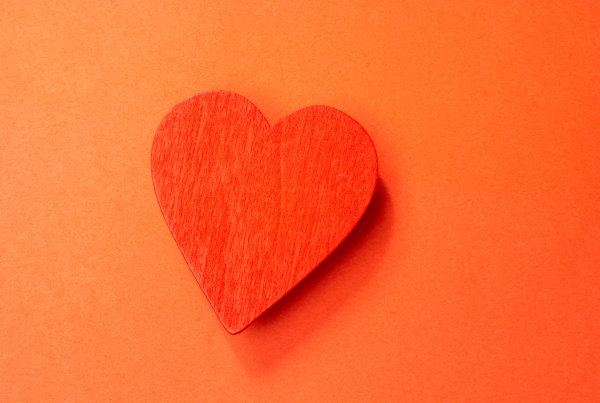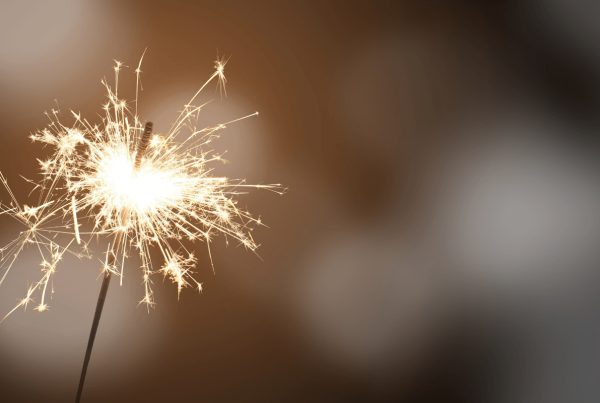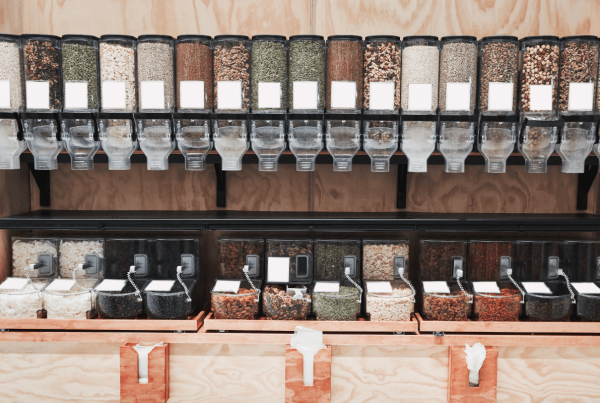It’s time to reset our clocks to Eastern Standard Time, a harsh reminder that the longest night of the year is just around the corner.
Too little light… now what?
The days are getting shorter and so are tempers. An estimated 10% of the population of northern countries suffer from seasonal affective disorder (SAD). For nearly one in five Canadians, low sunlight levels means low mood and low energy.
Could brightening up your day be the key to a better quality of life? Here are a few ideas to recharge your well-being!
Rediscover your inner child
Walking on trails or through parks, noticing the little things in nature or the details of a building, catching the season’s first snowflake on your tongue, or even jumping into a puddle can be fun at any age.
Don’t let your plans to grab a breath of fresh air be dampened by fall’s chilly showers and winter’s frigid temps—the kind that freeze your nostrils when you step outside! Choosing the right clothes for the weather and activities you’ll be doing can make all the difference.
Don’t really feel like going out? You don’t have to! Place your chair by a window so you can soak up the warm rays as you meditate.
Rendez-vous with the sun
Getting enough sunlight can be challenging, what with our busy schedules and all. Try developing daily habits that will allow you to soak in those much‑needed UV rays.
Things like venturing out to your favourite coffee shop for a hot drink, with bonus “social interaction” points for chatting with your barista! Offer to walk your neighbour’s dog or use your lunch break to hunt down some sun—mailing that letter that’s been lying on the counter for two weeks is a good start!
All you need is 10 or so minutes of sunlight per day to stimulate your neurons!
Light therapy
Light therapy, also known as phototherapy, involves exposing parts of the body to light of a specific intensity. The clinical standard is 10,000 lux. Light therapy can be done in a clinic, spa, or at home.
You could also consider purchasing a far more practical and affordable light therapy lamp or face mask. Prices range from $20-25 and up.
Vitamin D, not just for coping
Your body naturally makes vitamin D when your skin is exposed to sunlight. In summer, 20-30 minutes of sun exposure (over arms and face) is enough to get the recommended daily dose. But when colder weather rolls in, bundling up in warm clothing effectively blocks the sun from reaching your skin.
Vitamin D deficiency is common from October to April among people living north of the 35th parallel. And because vitamin D3 production decreases with age, a supplement is recommended for everyone over 50. Consult your health care professional for more information.
Respect your own rhythm
What do sleep, blood pressure, heart rate, hormone production, temperature, mood, memory, and concentration have in common? They’re all biological processes controlled by the circadian rhythm.
The term “circadian” comes from the Latin words circa (“about”) and diem (“day”), which translates to “about a day.” You guessed it: Circadian rhythms are internal cycles that occur within a period of roughly 24 hours, primarily in response to light and dark.
It may not be very apparent, but natural light changes throughout the day, going from a highly blue-wavelength light in the morning to a redder one in the afternoon. The brain can therefore adapt its activity based on the time of day, such as in the evening when it gets dark outside. In response, the brain secretes melatonin—the hormone that helps us fall asleep.
This is why spending too much time in front of any screen that emits blue light before going to bed negatively impacts sleep.
Talk to your doctor right away if the symptoms of SAD (fatigue, suicidal thoughts, difficulty concentrating, etc.) become debilitating.








